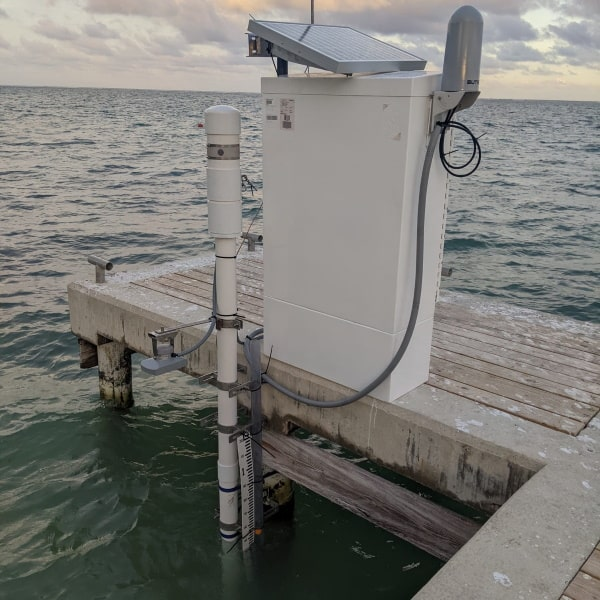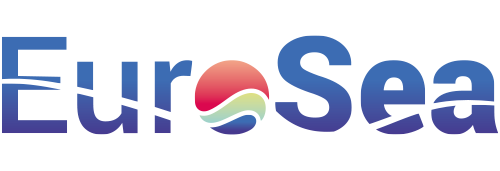
Description
The introduction of a pioneering tide gauge, distinguished by its cost-effective nature and renewable energy power source, marks a transformative shift in tidal monitoring at select European and African sites. Further, the collaborative approach in designing products for port and harbour operations ensures that the developed tools are not only technologically advanced but also tailored to meet specific operational needs.
Impact During the Project
Elevated Sea Level Monitoring:
Traditional State: Historically, tide gauges were either expensive, required frequent maintenance, or depended on non-renewable energy sources.
Advancement: The innovative tide gauge is not only low-cost, making it accessible to a wider range of locations, but also harnesses renewable energy, ensuring consistent operation with a reduced environmental footprint.
Strengthened Operational Coverage:
Traditional State: Previously, data coverage might have been inconsistent or sparse in certain regions, especially if tide gauges were non-operational due to power outages or malfunctions.
Advancement: The sustainable power source and the design of the tide gauge ensure uninterrupted data streams, enhancing the quality and consistency of sea level data. This, in turn, benefits various portals, including OSPAC and IOC’s Sea Level Monitoring Facility.
Empowering Local Operators:
Traditional State: Maintenance of tide gauges often required specialized skills or external technicians, leading to operational downtimes.
Advancement: With focused capacity development training, local operators are equipped to maintain the equipment, promoting its longevity and ensuring continuous data flow.
Impact Post Project
Standardizing Tide Gauge Installations:
Traditional State: Different locations might have had varying standards or no unified methodology for tide gauge installations.
Advancement: The availability of quality-controlled datasets, coupled with the documentation and dissemination of installation reports or scientific papers, can serve as a blueprint for subsequent tide gauge installations, ensuring a standardized approach across regions.
Spurring Wider Adoption:
Traditional State: Limited tide gauge installations might have been restricted due to cost or maintenance challenges.
Advancement: Given the tide gauge’s cost-effectiveness and renewable energy foundation, along with the provision of capacity development training, there’s potential for widespread adoption. This could lead to enhanced sea level data coverage not only in the Mediterranean Sea but potentially across other global sites.
Advancement over and above State of the Art
The novel tide gauge system represents a significant leap over traditional sea level monitoring tools. By integrating cost-effectiveness with renewable energy, it addresses both economic and environmental challenges inherent to tide gauges. Coupled with co-designed port and harbour operation products, the initiative ensures that the advancements are in sync with real-world operational needs. The combination of immediate improvements in data quality and coverage, coupled with the broader impacts on standardizing installations and promoting wider adoption, sets this tide gauge innovation apart as a state-of-the-art solution in sea level monitoring.
Links and References
Link to D3.3 – New tide gauge data flow strategy: https://eurosea.eu/download/eurosea_d3-3_new_tide_gauge_data_flow_strategy_resubmitted/?wpdmdl=5524&refresh=650197c59386c1694603205
Link to D3.15 – Tide gauge metadata catalogue: https://eurosea.eu/download/eurosea_d3-15_tide-gauge-metadata-catalogue/?wpdmdl=5548&refresh=650197c7719991694603207
Link to D5.7 – Automated tide gauge data quality control software and report: https://eurosea.eu/download/eurosea_d5-7_automated_tide_gauge_data_quality_control_software_and_report/?wpdmdl=5644&refresh=650197ca89d3d1694603210
